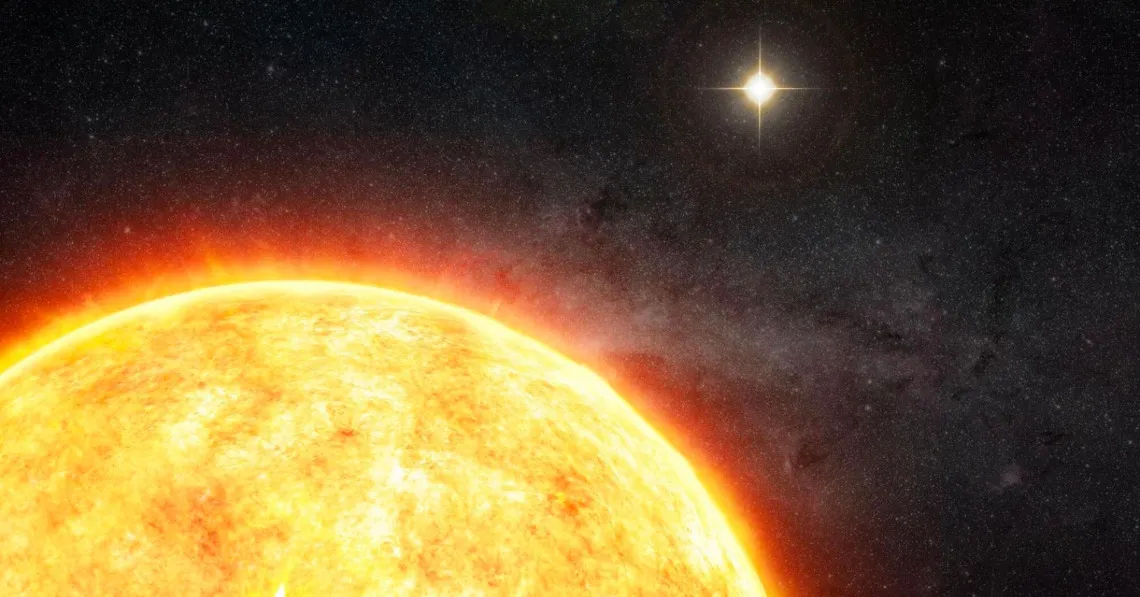The Improbable Origins of Life on Earth

CfA
We do not yet know how, where, or why life first appeared on our planet. Part of the difficulty is that “life” has no strict, universally agreed-upon definition.
Normally this is not an issue, as the vast majority of life is most definitely alive, and only biologists interested in the extreme edges—viruses, prions, and the like—need to worry about precise classifications. But to study the origins of life we must, by necessity, examine a process that takes non-living matter and fundamentally changes it. Presumably this process happened in stages, with fits and starts along the way, and so the line between uncoordinated chemical reactions and the beginnings of vibrancy must be blurred.
It's helpful here to present at least a simple working definition of life, not to rewrite the biology textbooks, but so that at least we can properly frame the discussion of life's origins. And for those purposes a simple statement will suffice: Life is that which is subject to Darwinian evolution. That is, life experiences natural selection, that unceasing pressure that chooses traits and characteristics to pass down to a new generation through the simple virtue of their survivability. If the trait contributes in some way, even circuitously, to the survivability of an organism and its ability to reproduce, it persists. All else is discarded (or, at best, gets carried unceremoniously along for the ride).
Earth is the only known place in the solar system, in the galaxy, in the entire universe where Darwinian evolution takes place.
To succeed at evolution and separate itself from mere chemical reactions, life must do three things. First, it must somehow store information, such as the encoding for various processes, traits, and characteristics. This way the successful traits can pass from one generation to another.
Second, life must self-replicate. It must be able to make reasonably accurate copies of its own molecular structure, so that the information contained within itself has the chance to become a new generation, changed and altered based on its survivability.
Lastly, life must catalyze reactions. It must affect its own environment, whether for movement, or to acquire or store energy, or grow new structures, or all the many wonderful activities that life does on a daily basis.
